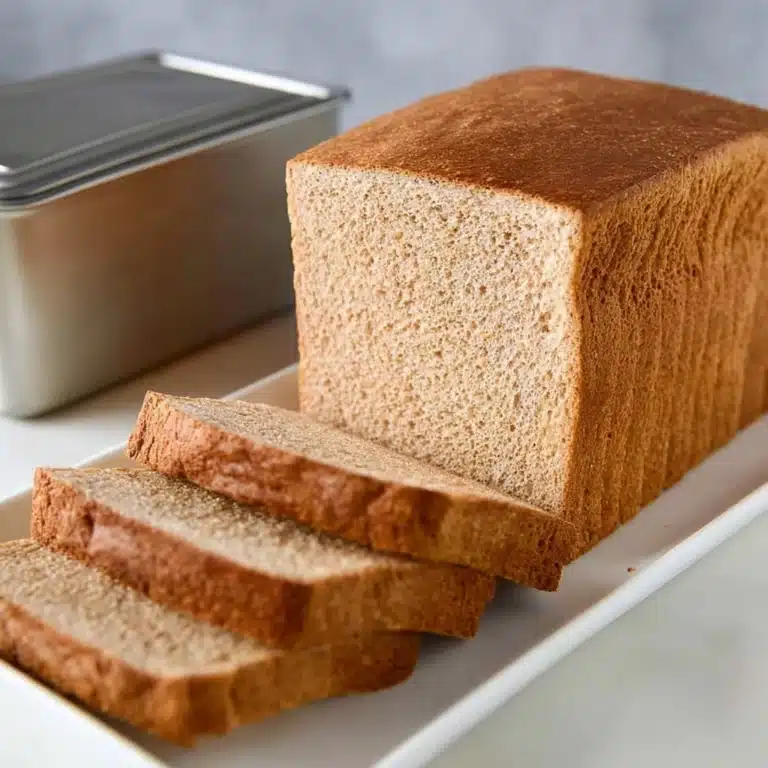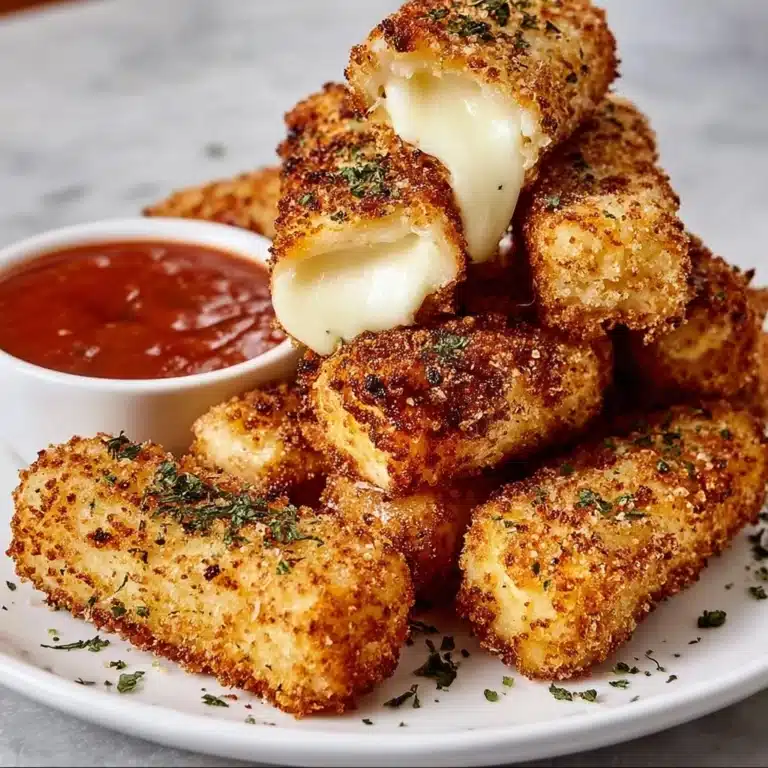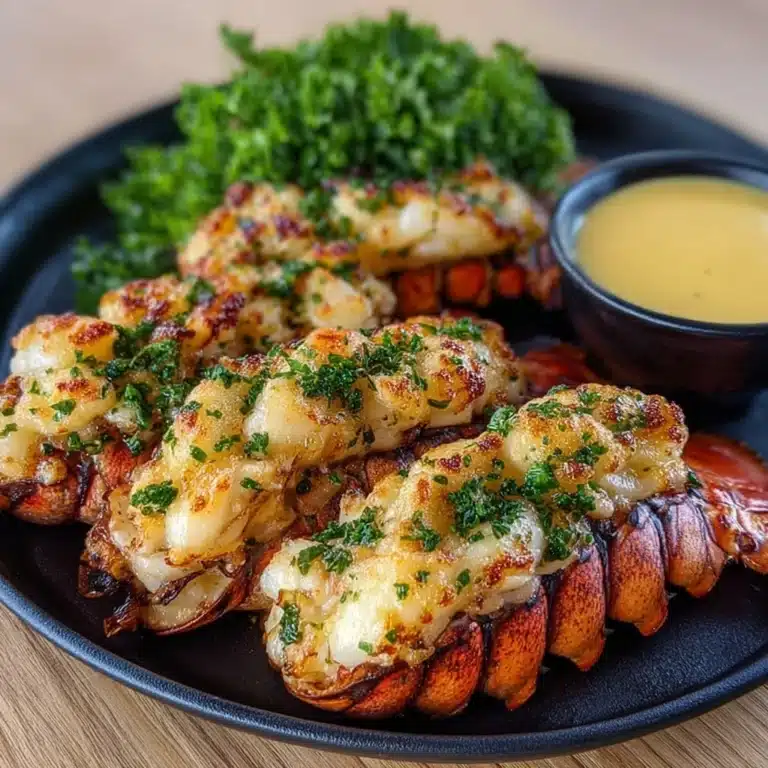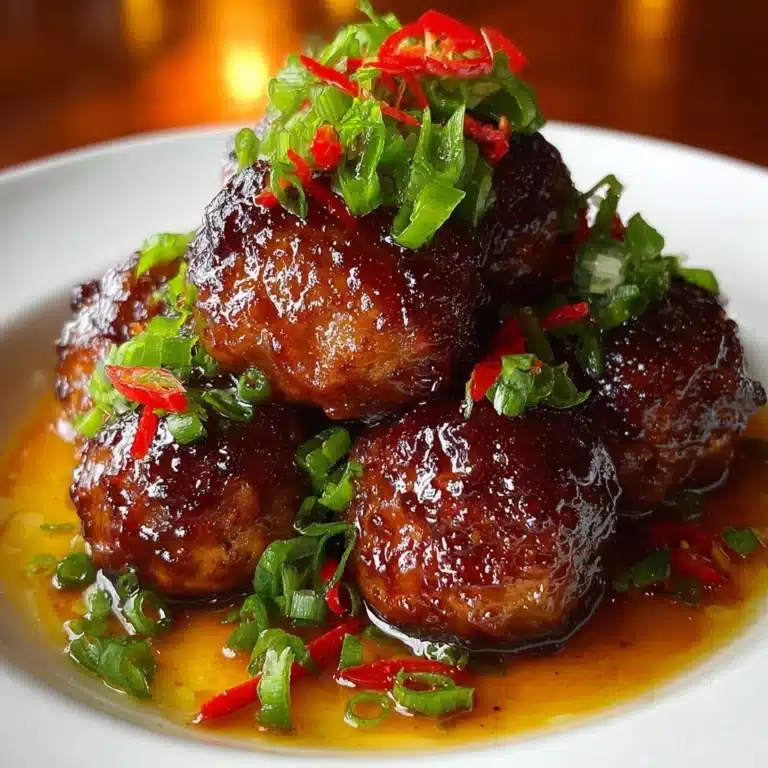Coconut Curry Shrimp with Jasmine Rice Recipe
If you are searching for a dish that bursts with vibrant flavors and comforting warmth, then Coconut Curry Shrimp with Jasmine Rice is your new best friend in the kitchen. This dish combines succulent shrimp sautéed to perfection with a luxuriously creamy coconut curry sauce, all served atop fragrant jasmine rice. It’s a brilliant balance of spicy, tangy, and sweet notes that come together effortlessly, making it a perfect meal for both weeknight dinners and special occasions. Trust me, once you try this Coconut Curry Shrimp with Jasmine Rice, you’ll want to make it again and again.
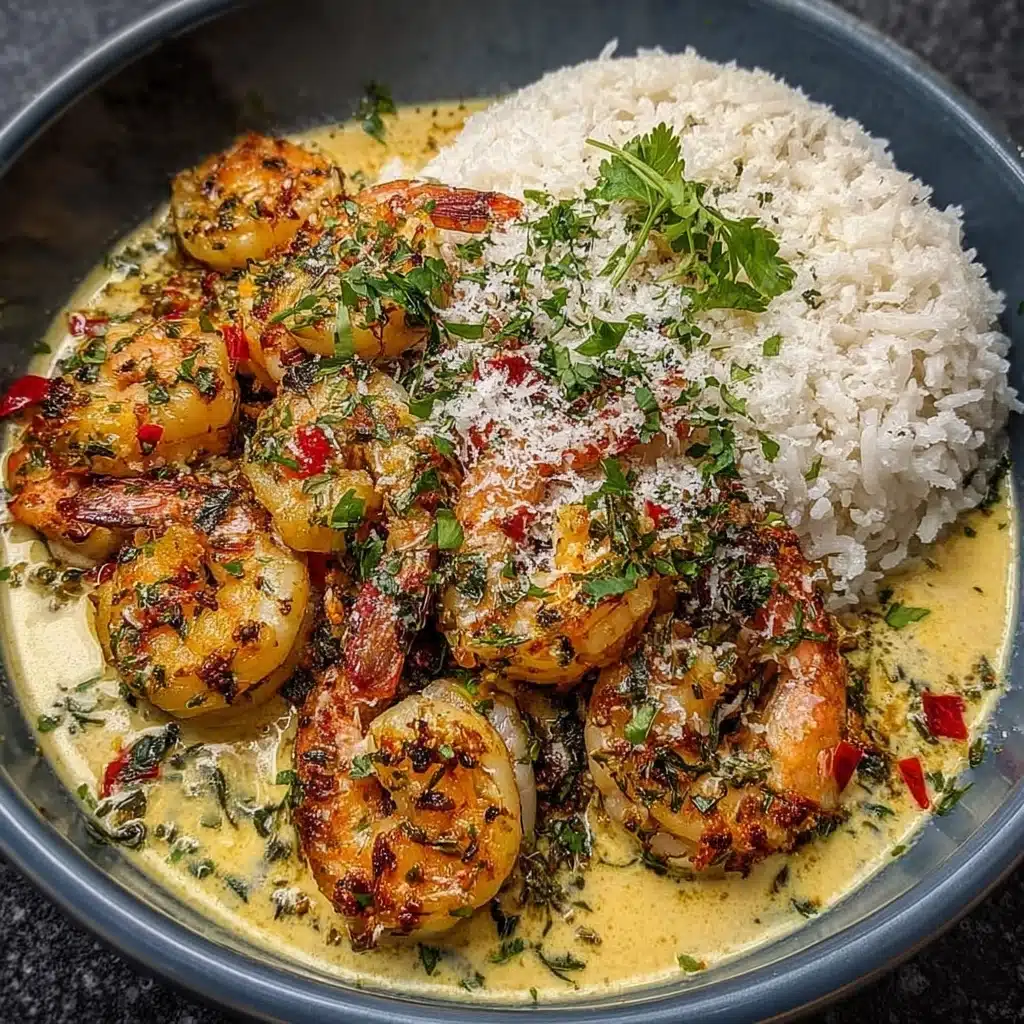
Ingredients You’ll Need
Each ingredient in this Coconut Curry Shrimp with Jasmine Rice recipe plays an essential role, creating layers of flavor and adding delightful texture and color to the final dish. From the fragrant jasmine rice to the rich coconut milk and aromatic spices, everything is simple but thoughtfully chosen to make this meal shine.
- 1 lb large shrimp, peeled and deveined: The star protein, offering tender, juicy bites that soak up the curry’s flavors.
- 2 tbsp olive oil: Perfect for searing the shrimp to golden perfection while keeping them juicy.
- 1 tbsp coconut oil or olive oil: Adds a mild sweetness and richness to the curry base.
- 1 small onion, finely chopped: Brings a natural sweetness and depth to the sauce.
- 2 cloves garlic, minced: Introduces an aromatic punch that complements the curry spices beautifully.
- 1-inch piece fresh ginger, grated: Offers a zesty warmth that brightens the sauce.
- 1–2 tbsp red curry paste: Provides the essential spice and complexity—adjust this to your preferred heat level.
- 1 can (14 oz) coconut milk: Gives the sauce its creamy, luscious texture and tropical flavor.
- 1 tbsp fish sauce (optional): Adds umami depth that enhances the overall savoriness without overpowering.
- Juice of 1 lime: Injects a fresh tang that balances the richness of the coconut milk.
- 1 tsp brown sugar: Subtly rounds out the flavors with a touch of sweetness.
- Salt and pepper, to taste: Essential for seasoning and bringing everything together.
- Fresh cilantro, for garnish: Adds a splash of color and fresh herbal brightness.
- 1 cup jasmine rice: Aromatic, fluffy, and the perfect base for soaking up the sauce.
- 2 cups water plus a pinch of salt: For cooking the jasmine rice to tender perfection.
How to Make Coconut Curry Shrimp with Jasmine Rice
Step 1: Cook the Jasmine Rice
First things first, rinse your jasmine rice under cold water to remove excess starch—that ensures fluffy, separate grains. Place the rinsed rice in a pot with water and a pinch of salt, then bring it to a boil. Once boiling, reduce the heat to low and cover the pot. Let it simmer gently for 15 minutes, then remove from heat and allow it to rest, still covered, for 5 minutes. Fluff with a fork to reveal perfectly tender and aromatic grains.
Step 2: Cook the Shrimp
While the rice is cooking, heat olive oil in a skillet over medium-high heat. Season your shrimp generously with salt and pepper—this simple step is vital for flavor. Add the shrimp to the pan and cook for 2 to 3 minutes on each side until they turn pink and opaque. Remove the shrimp from the pan and set them aside, making room to build that amazing curry sauce in the same skillet.
Step 3: Make the Coconut Curry Sauce
In the same skillet where you cooked the shrimp, add coconut oil and warm it over medium heat. Toss in the chopped onion, minced garlic, and grated ginger. Sauté for about 2 to 3 minutes until everything is fragrant and the onions soften. Stir in the red curry paste and let it cook for another minute to release its bold flavors. Then, pour in the creamy coconut milk, add fish sauce if using, lime juice, and a teaspoon of brown sugar. Allow the sauce to gently simmer for 5 minutes, stirring occasionally to blend all the vibrant flavors beautifully.
Step 4: Combine Shrimp and Sauce
Return the cooked shrimp to the skillet and coat them thoroughly in the velvety curry sauce. Let them simmer together for another 1 to 2 minutes to warm through and marry the flavors fully. The shrimp absorb just enough sauce so every bite bursts with taste.
Step 5: Serve Over Jasmine Rice
Spoon a generous serving of jasmine rice onto your plate and top it with the coconut curry shrimp. Don’t forget to garnish with fresh cilantro and maybe a wedge of lime for that extra pop of freshness. Your beautiful Coconut Curry Shrimp with Jasmine Rice is now ready to enjoy, promising a meal that’s as satisfying as it is stunning.
How to Serve Coconut Curry Shrimp with Jasmine Rice
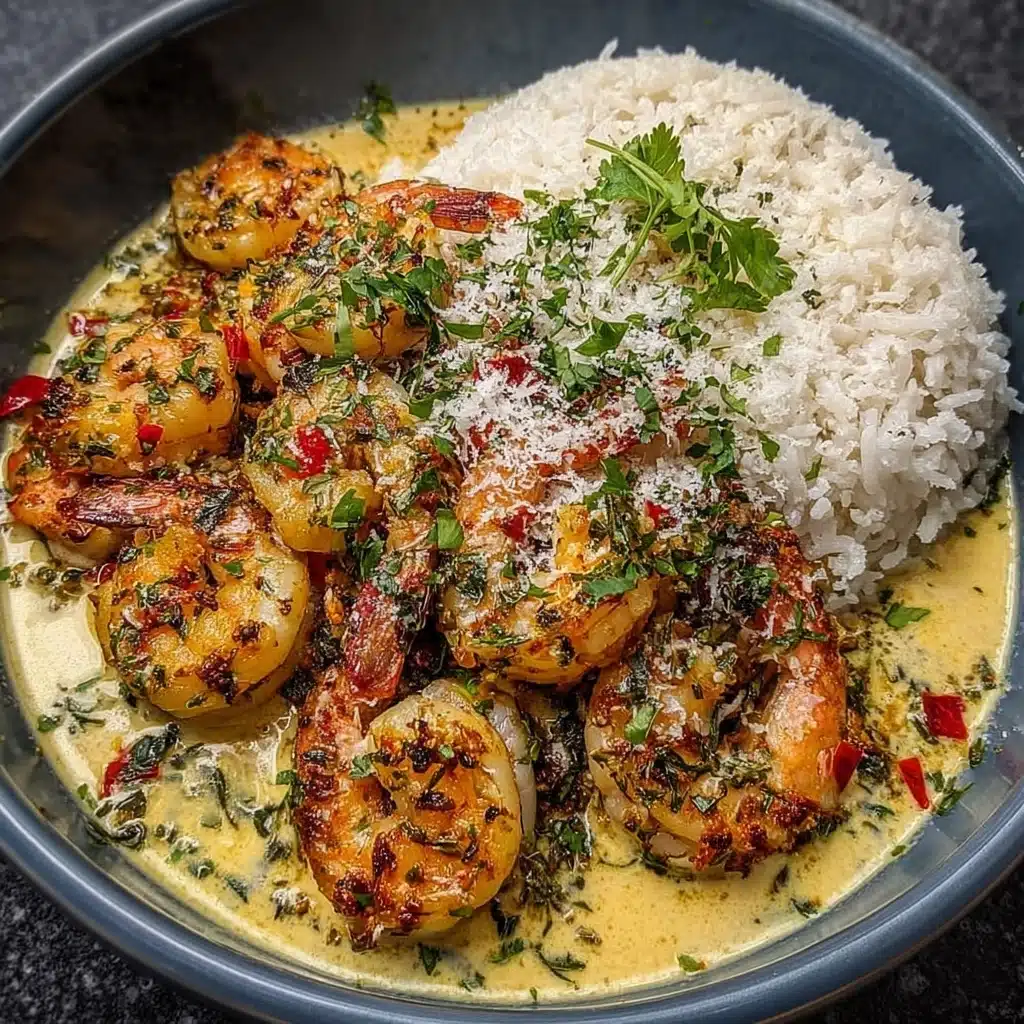
Garnishes
Fresh cilantro is a must for this dish; its bright herbal notes contrast wonderfully with the rich curry sauce. A squeeze of fresh lime juice on top just before eating adds an irresistible zing that lights up the palate. If you like a touch of crunch, toasted cashews or sliced red chili can also make gorgeous garnishes that amp up both texture and flavor.
Side Dishes
This Coconut Curry Shrimp with Jasmine Rice stands beautifully on its own but pairs exceptionally well with simple sides. Steamed or sautéed green vegetables like bok choy, snap peas, or broccoli bring crunch and freshness that complements the creamy curry. A crisp cucumber salad also offers a cooling contrast that’s perfect when serving this dish in warmer weather.
Creative Ways to Present
Looking to impress at your next dinner party? Serve this dish in individual bowls layered with rice on the bottom and shrimp and curry sauce on top—nice and neat with a sprinkle of cilantro. For a family-style dinner, use a large shallow bowl or platter so everyone can dive in. Alternatively, place the shrimp and curry over jasmine rice in a hollowed-out pineapple for a tropical twist that’s sure to spark conversation.
Make Ahead and Storage
Storing Leftovers
If you have any leftovers of this Coconut Curry Shrimp with Jasmine Rice, allow them to cool to room temperature, then transfer to an airtight container. Store in the refrigerator for up to 2 days. The flavors may even deepen overnight, making it a delight for next-day lunches or quick dinners.
Freezing
While the shrimp curry sauce can be frozen, the texture of the shrimp may slightly change upon thawing. If you plan to freeze, keep the curry sauce separate without the shrimp. Freeze in a freezer-safe container for up to 2 months. When ready to eat, thaw overnight in the fridge and add freshly cooked shrimp when reheating for best results.
Reheating
Reheat the Coconut Curry Shrimp with Jasmine Rice gently on the stovetop over low heat, stirring occasionally until warmed through. Adding a splash of water or coconut milk can help loosen the sauce if it thickened too much. For a quicker option, microwave in short bursts, stirring in between to ensure even heating and to avoid dryness.
FAQs
Can I use frozen shrimp for this recipe?
Absolutely! Just make sure to thaw them completely and pat dry before cooking to avoid excess moisture, which can affect the searing and texture.
Is the fish sauce necessary?
Fish sauce is optional but recommended because it adds umami depth and an authentic savory note. If you prefer not to use it, you can skip it or substitute with soy sauce for a milder flavor.
How spicy is this Coconut Curry Shrimp with Jasmine Rice?
The spice level is adjustable depending on the amount of red curry paste you use. Start with 1 tablespoon for a mild to medium heat, and add more if you enjoy a spicier kick.
Can I make this dish vegetarian?
Yes! Swap the shrimp for tofu or your favorite vegetables, and use vegetable broth instead of fish sauce. The curry sauce remains creamy and flavorful with those changes.
What can I substitute for jasmine rice?
While jasmine rice pairs best due to its fragrance and texture, you can also use basmati rice or even quinoa for a different but still delicious base.
Final Thoughts
This Coconut Curry Shrimp with Jasmine Rice is such a joyful combination of flavors and textures that it quickly becomes a favorite in any recipe rotation. It’s accessible for any home cook, yet impressive enough to serve guests, bringing warmth and a touch of the exotic to your table. Give this recipe a try—you’ll be amazed at how easy it is to create restaurant-quality magic right in your own kitchen.

